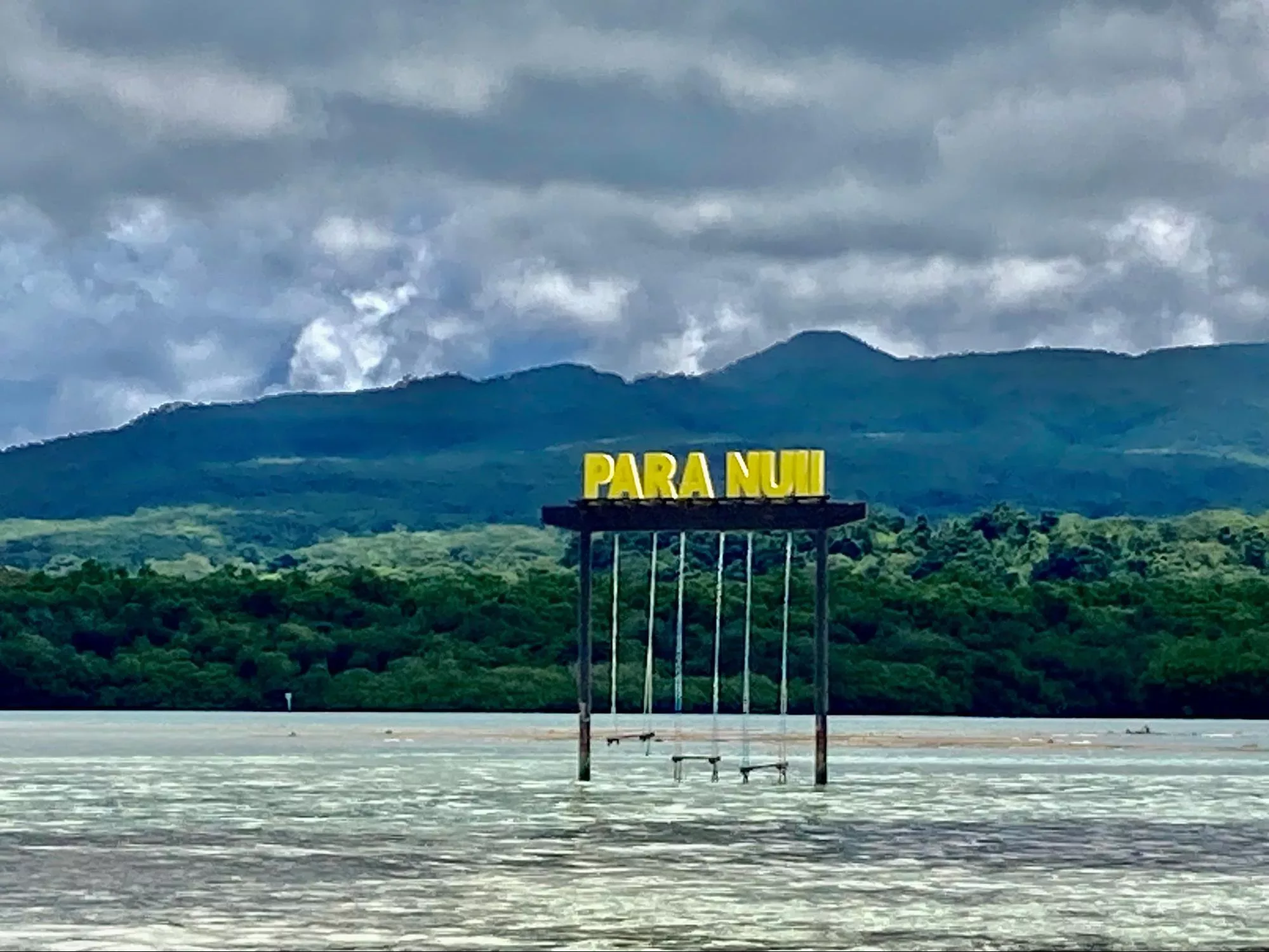This is the largest island in the Eastern Caroline Group and the capital of the FSM.
It fits the typical South Sea island image with lush vegetation, abundant rainfall and tumbling waterfalls. Unlike other Micronesian islands it has tropical jungles, mist-covered mountains, one of the healthiest mangrove swamps and exotic flora in the Pacific. Situated in the northwestern Pacific, it is 880 metres high, 21 kilometres wide and shaped somewhat like a circular tent. Also known as the garden island of Micronesia, its boldest landmarks are Sokehs Rock and Nan Madol. Nan Madol is an ancient stone city built on the tidal flats of the eastern part of Pohnpei.
There are approximately 100 artificial islets constructed of basalt logs of various sizes up to 70 tons each, making Nan Madol the largest and one of the most mysterious archaeological sites in the Pacific.
The first European to visit the island group was Spaniard Diego de Rocha in 1526. The islands were originally called the New Philippines until 1696 when they were renamed the Caroline Islands. Occupied by Spain, Germany, Japan and the USA, Pohnpei experienced 100 years of foreign rule because it proved to be an ideal supply stop for the Pacific expeditions. Pohnpeian is the native language, however, both English and Pohnpeian are used in business.
Archaeologists and engineers are attempting to discover more about the race which constructed the island city of Nan Madol. The stone fortress was built on a reef south-east of Temwen Island by the rulers of Pohnpei around 500 AD until it was taken over by Isokelekel, the warrior who installed the present traditional system in the 1520s.
Nan Madol is reached by boat from the main town of Kolonia about 45 minutes away. It’s a full day boat tour which includes a visit to the spectacular Keprohi Waterfall and snorkelling in the lagoon.
A 20-minute ride out of Kolonia takes you to the Nanpil River where further along are the spectacular Liduduhniap Twin Waterfalls, complete with thatched huts where you can picnic in a jungle setting. A day trip to privately owned Black Coral Island in the lagoon is the perfect way to safely snorkel the reef and, for a family day, visit Langer island with its simple cottages where visitors can stay overnight.
In Kolonia you can see the Spanish Wall, built in 1889 as a boundary for Fort Alphonso XII. Nearby is the Catholic Mission Bell Tower, all that remains of the old German church torn down by the Japanese during WWII.
Also take a stroll into the Polynesian village and watch the craftsmen whittle ornaments from locally grown ivory seed. Most tours operate from Kolonia, and many of the waterfalls and areas of historical and ecological importance can only be reached by guided tour.
Accommodation is in both traditional Pohnpeian thatched roofed bungalows with garden showers, and Western-style hotels. There is no public transport, only taxis and rental cars, but most hotels offer shuttle services. Tourist facilities are clean and the service is friendly.
A visit to the Pohnpeian cultural centres is a must for anyone wishing to experience traditional Pohnpeian life. Each centre has a distinctive program and performances include traditional dancing, singing, music, ceremonial sakau making, handicraft arts, and food preparation. The village shops specialise in handicrafts and popular items include carvings of sharks, fish, dolphins and canoes.
When it comes to relaxing, try sakau, the numbing local drink which is used in ceremonies and also sold in bars.





